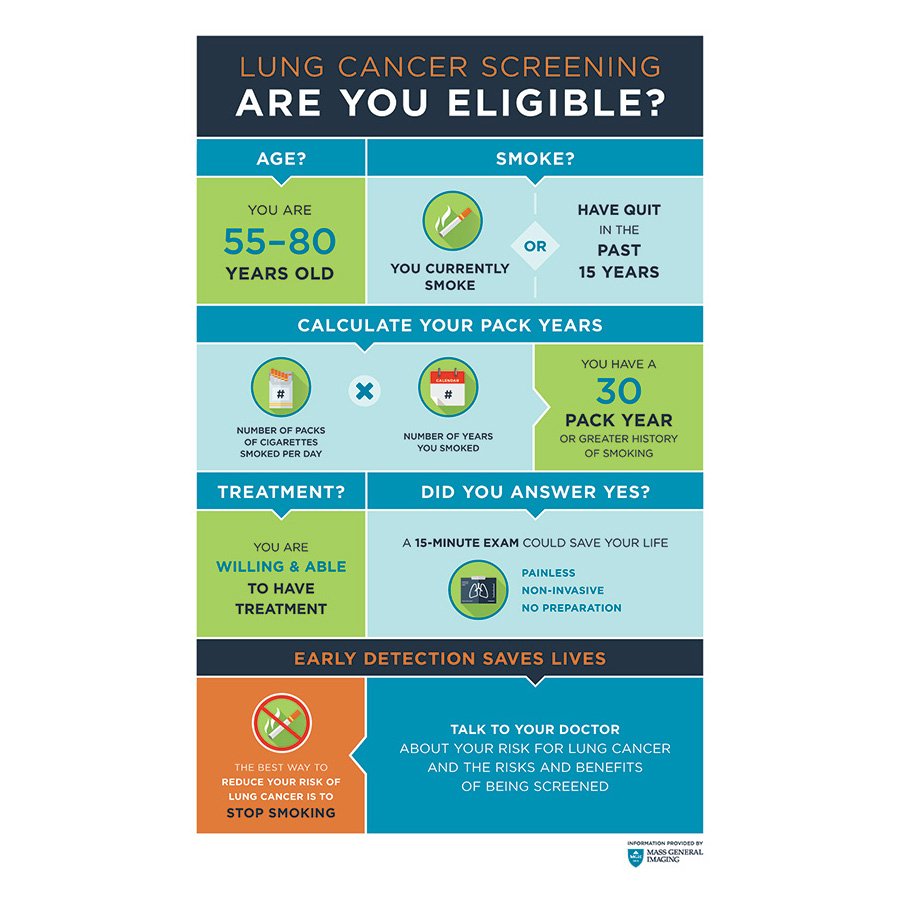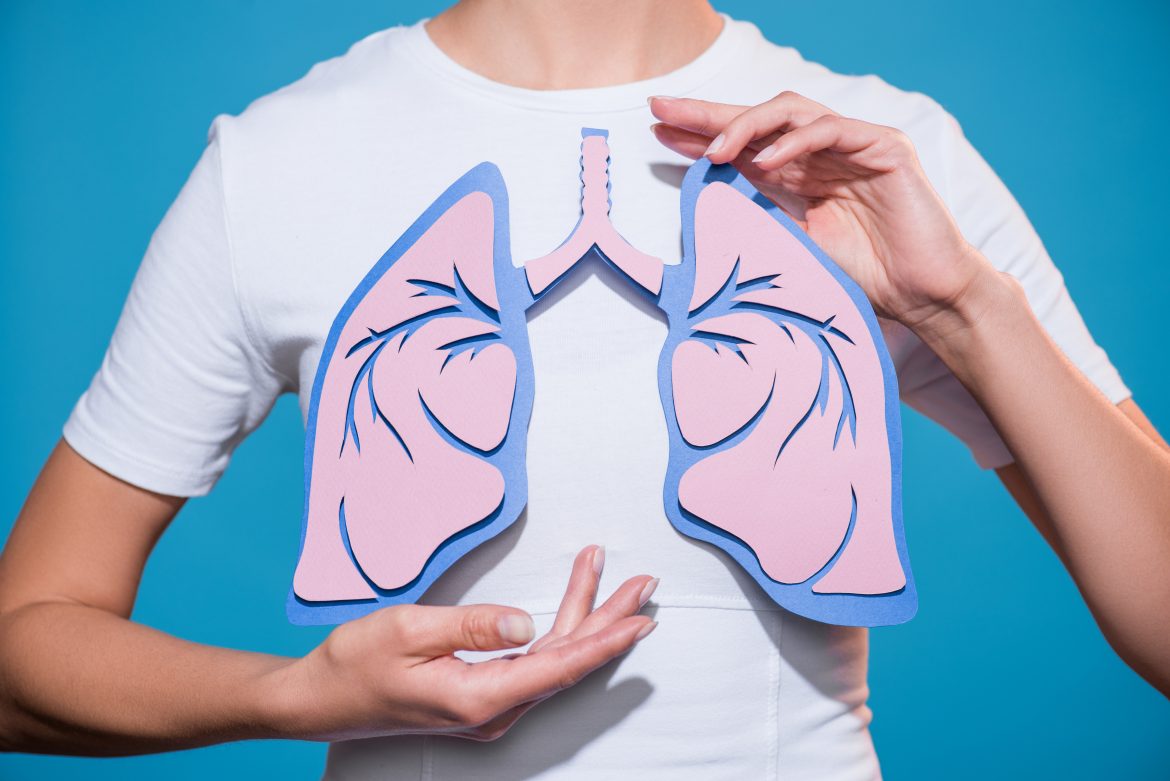Practically everyone has heard of lung cancer and is familiar to its connection to smoking. While most people know that smoking is the leading cause of lung cancer, responsible for 80% of all cases, there are environmental factors and genetics that can also cause the contraction of this disease. This is why it’s so important to understand lung cancer symptoms and seek out resources that can evaluate one’s potential of developing it.
This World Lung Cancer Day, the Forum of International Respiratory Societies (FIRS) is raising awareness to inform the world that smoking, while the most common, is not the only way to develop lung cancer. According to FIRS, environmental factors like “exposure to radon, asbestos, arsenic, beryllium and uranium has been linked to lung cancer. The risk of lung cancer also increases with a history of cancer in another part of the body, age, family history, radiation to the chest area and lung diseases like chronic obstructive pulmonary disease (COPD).” Other risk factors include constant exposure to air pollution or secondhand smoke.

Although breast cancer and lung cancer are identified at the same rate of 11.6%, lung cancer has a higher mortality rate than breast, colon, and prostate cancer combined, according to the Global Initiative for Asthma. It’s a scary number and is the leading cause of death by cancer in the United States. But medicine is advancing to identify lung cancer earlier and develop more effective treatments. The CDC provides a comprehensive guide to understanding the screening process for lung cancer and patient decision aid to identify one’s eligibility.
As we advance into the next decade, our goals with regards to this type of cancer are clear: continuing to advance early diagnosis and effective treatment, informing on the harmful consequences of smoking on yourself and those around you, identifying and eliminating environmental factors like air pollution and asbestos, and finally, bridging the divide between low-income and high-income countries. As it stands, harmful materials like asbestos are often transported to low-income countries. The availability of treatment in low-income countries is around 15%, while high-income countries see 90% of medical facilities reporting availability to proper treatment.
To learn more, check out these resources provided by FIRS and pass them on to the rest of your community!
 Food
Food Farmers
Farmers Sustainable Living
Sustainable Living Living Planet
Living Planet News
News